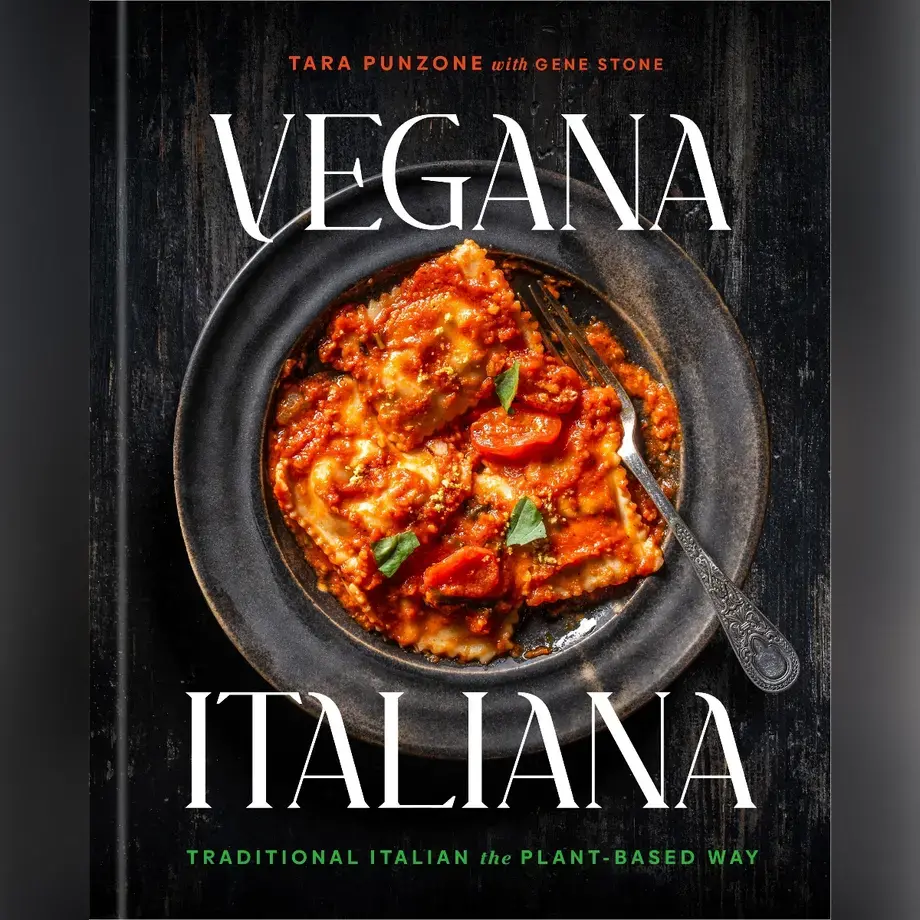The kitchen is a mysterious place, rich with secrets. The sautéing onion, the roast baking in the oven, a steak browning in butter are all subject to physio-chemical reactions that mutate the tastes and consistencies of the utilized ingredients. But the success of a reaction – and therefore, a dish – depends on many factors that we don’t always have control over. This often means things don’t go as they should and the meal we are preparing gets ruined.
The simplest example is mayonnaise. This famous egg-based sauce, whose paternity is hotly disputed by the French and Spanish, is emblematic of how science can play an essential role in the day-to-day life of a chef: curdled mayonnaise can be a nightmare, and the temptation is to throw it away and start again. Unless, that is, you know a few simple rules of physics and chemistry.
What is mayonnaise?
First of all, we need to understand that mayonnaise, like many other culinary preparations, is an “emulsion”, a special combination of water and fats. Usually, if we add a few drops of oil to water, it forms little circles. However much we mix them together, they won't bind together.
Nonetheless there are substances, known as 'emulsifiers', that can perform this miracle. By adding them to the mixture and whipping vigorously, a sauce is created, which to the naked eye, looks perfectly homogeneous. But only to the naked eye. If you look at it under the microscope, you will notice that the droplets of oil are still separate, but they are so tiny that they disperse perfectly between the droplets of water.
Mayonnaise ingredients
The ingredients of mayonnaise do indeed include oil, and an aqueous component, which can be either vinegar or lemon. To bind the two, egg yolk is used as an emulsifier, as it is rich in surfactants: molecules with two ends that attach to the water and oil molecules like glue. The egg yolk also adds flavour and density to the sauce.
How to make mayonnaise
If there is too much oil, and we don't beat the sauce hard enough, the mayonnaise will separate. This happens because the quantity of surfactants is not sufficient to bind all the fat and water molecules, and so the mixture will liquefy. Another reason may be that the egg yolks are cold from the fridge, which severely limits the action of the surfactants.
Tips & tricks for making mayonnaise
Now that we know the scientific principles underlying a simple bowl of mayonnaise, it's easier to learn to salvage it when it curdles: put a few spoonfuls into a different bowl and, beating vigorously with a whisk, slowly add a little water or vinegar. As the mixture gradually thickens, add some more of the curdled mayonnaise, and repeat the same procedure.
The explanation for this small miracle should now be clear: by adding a water-based component, we can re-establish the right ratio with the oil and the surfactants, enabling them to carry out their work more easily. Alternatively, we can add more egg yolk.
Now that we've learnt the technique, there's more good news: you can use it with all culinary emulsions, using the same principle, such as butter-based sauces like béarnaise and hollandaise, 'aise' sauces that all begin with an egg and fat-based emulsion. In these cases, since they are prepared over heat, when we notice that they are curdling, we should remove them from the stove, and add a few ice cubes, whisking continuously until they melt. Alternatively, we can add an egg yolk and a couple of spoonfuls of hot water, again whisking vigorously. The result? Thick, creamy sauces, as if nothing had ever happened... More or less…
Give your mayonnaise a twist
If plain old mayonnaise is too boring for you, there’s no end to the flavour combinations you can create by adding extra ingredients such as wasabi, garlic, pesto or even blue cheese. Check out this article for inspiration on how to kick up your mayonnaise.









